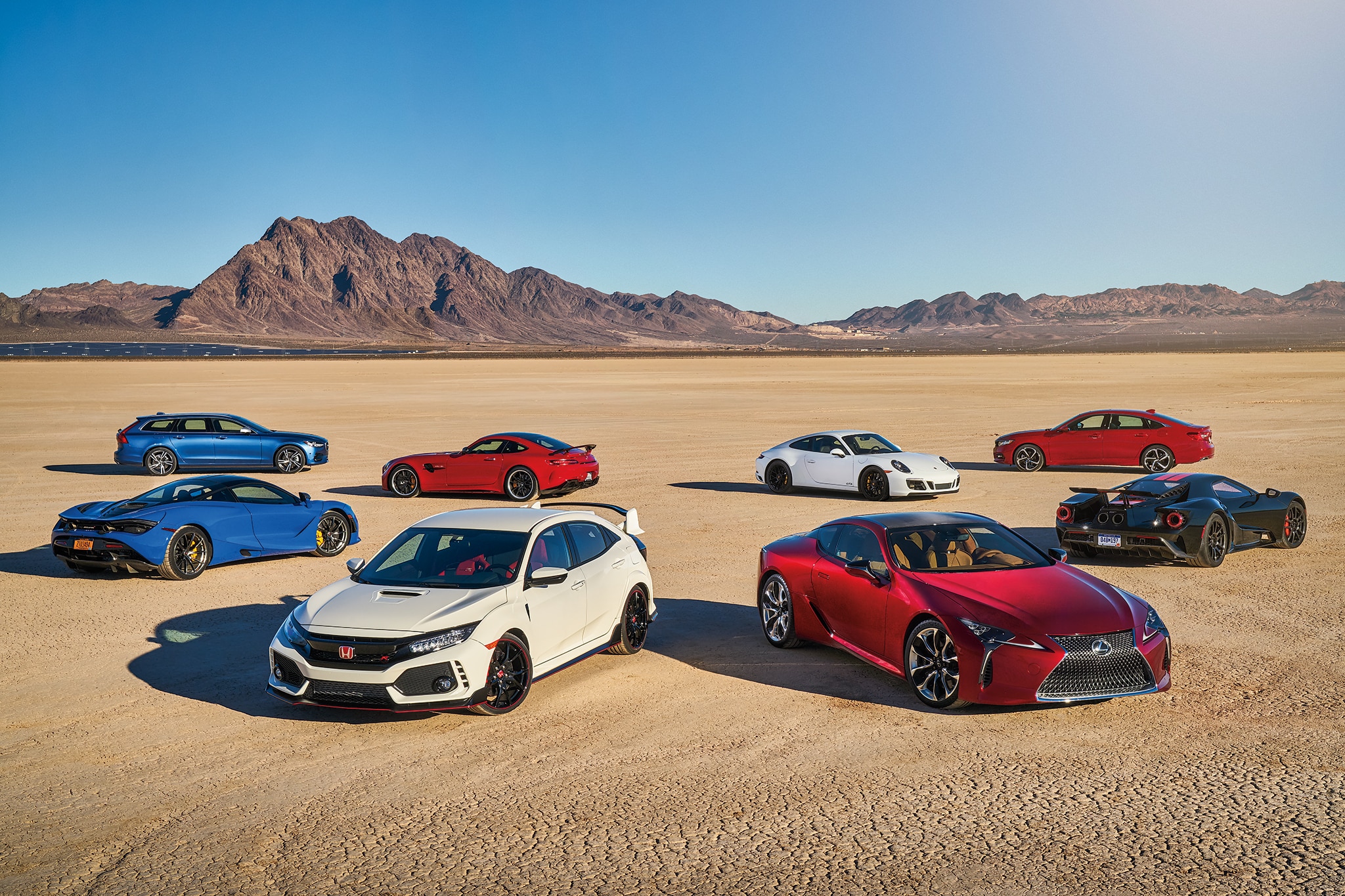Timing is everything. Cruise, a self-driving vehicle startup, developed the 2022 Cruise Origin autonomous ride-hailing vehicle and showed it to the world in January 2020.
Two months later the world shut down due to the COVID-19 pandemic. Suddenly the Origin, a six-passenger pod for ride-hailing, was being viewed by new sets of health-critical eyes. A small vehicle that squeezes in six people, three per bench, facing each other, is not ideal in a world looking to prevent the spread of a deadly virus
Fortunately for Cruise, it designed the Origin to be modular so it would not become outdated with the quick pace of advancements in sensors, lidar, and other tech. Upgraded components are easy to swap out without redesigning the vehicle itself.
Pandemic Prompts Cruise Origin Design Changes
“This pandemic opened our eyes into many things that we haven’t been thinking about before,” Mo ElShenawy, Cruise senior vice president of engineering, said.
Looking at research from the Centers for Disease Control and Prevention and World Health Organization and working with epidemiologists from Harvard University, Cruise is reconsidering the interior design and overall user experience of hailing a Cruise robotaxi.
“This was a great opportunity for us to revisit and rethink some of these concepts,” ElShenawy said. The team is rethinking some versions of its vehicle to curb the spread of this virus or any future ones in a world with a heightened awareness of infection. (Recent research suggests pandemics could become more common in the years ahead.)
Plexiglass and Disinfectants
More details are still to come, but the Cruise Origin will have a different interior configuration that includes middle sections in the vehicles with plexiglass and disinfectants.


How you order a vehicle and the logistics of the ride-share experience could change, as well.
The changes won’t necessarily shift launch dates. Cruise claims it was making good progress before the pandemic hit. Engineers kept the technical work going, and in November Cruise was one of six companies to get a permit allowing autonomous vehicles to test on public roads in California without a driver.
Driverless Testing Underway
Cruise is using its new permit to test its fleet of autonomous Chevrolet Bolts (Cruise is majority-owned by GM) on the streets of San Francisco. Some are testing with a safety driver to monitor things; others are driverless. “Watching that vehicle go by itself in the streets of San Francisco was one of the highlights of the year,” ElShenawy said.
Cruise is also testing the Origin at GM’s Milford Proving Ground in Michigan.
The next step is a deployment permit that allows a company to go from testing to operating commercially. Cruise would love to start early commercialization this year.
Built in Michigan
The Origin will be built at General Motors’ Factory Zero—so named because it will only make electric vehicles—in Hamtramck, Michigan. Production is slated to start late this year or early in 2022 if all the safety boxes are checked. “We are going to be able to produce hundreds of thousands of these vehicles very soon,” ElShenawy said. The launch date is gated by safety—the vehicle must be safer with no driver than with a human behind the wheel to get the green light.
In addition to the passenger Origin, there will a stripped-down version to serve as a commercial delivery van, replacing the tram doors on the side with a rolling garage door to access parcels. Both versions are hoping to launch in 2022.
In the meantime, Cruise is using Bolts in a delivery pilot with Walmart. “This is a great step for us to start building that actual customer muscle and partner with the largest retailer in the world,” ElShenawy said.
GM as Partner and Competitor
Ironically, one of Cruise’s competitors will be GM itself, which has created BrightDrop, a division for electric commercial vehicles, starting with the EV600 van. Cruise welcomes the competition. “This is not a zero-sum game,” ElShenawy said, noting there is a trillion-dollar market to unlock between ride-hailing and deliveries. “The pie is way too big.” And Cruise has benefited from the scale that partnerships with GM and Honda make possible to keep costs down.
“In order to design a vehicle, an [autonomous vehicle], from the ground up, and design it with scale and cost targets in mind, that would really make this a viable business in the future,” ElShenawy said. “That’s one of the key advantages for Cruise. On the software side, we continue to operate independently. The recent partnership with Microsoft adds to the validations. Having a tech titan like Microsoft in our corner is something that sets us up for even more success in the future.
“The key mission at Cruise and what drives me and others to be here is that we are really into changing the face of transportation,” ElShenawy continued. “Bringing this radical change and having our entire fleet of self-driving vehicles, all-electric, powered by renewable energy. This race is about getting us into tens of [cities] with hundreds of thousands of vehicles. That is the goal.”
READ MORE
Elon Musk Says Tesla Robotaxis Will Be Ready This Year
Chevy V-8–Powered Volvo Military Truck Wearing a 1930s-Era Taxi Body Is Just…What?
Tesla Model 3 Is New York City’s First All-Electric Taxi In Over a Century
The post Pandemic Forces Cruise to Rethink and Redesign Its Origin Robotaxi appeared first on Automobile Magazine.
Article Source and Credit automobilemag.com https://www.automobilemag.com/news/cruise-origin-update-safer-rideshare-covid/ Buy Tickets for every event – Sports, Concerts, Festivals and more buytickets.com

Leave a Reply
You must be logged in to post a comment.